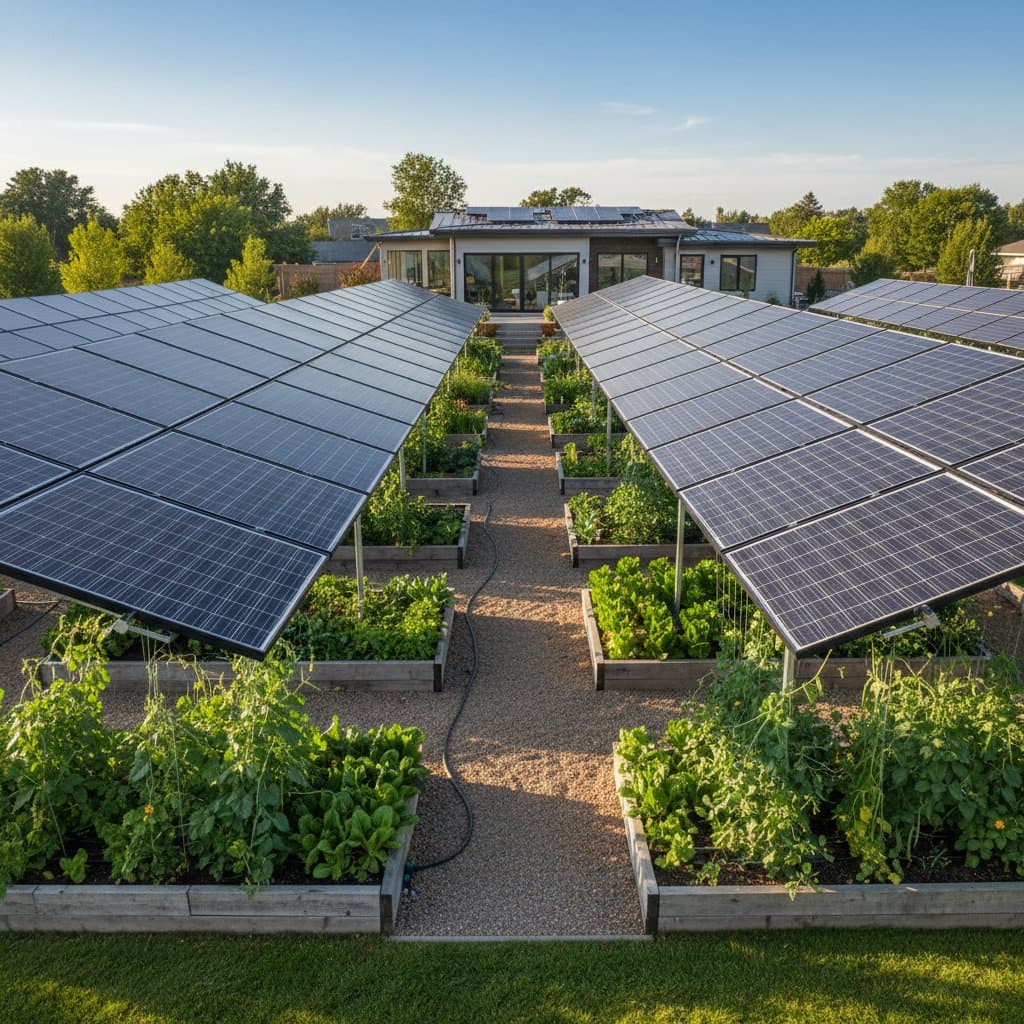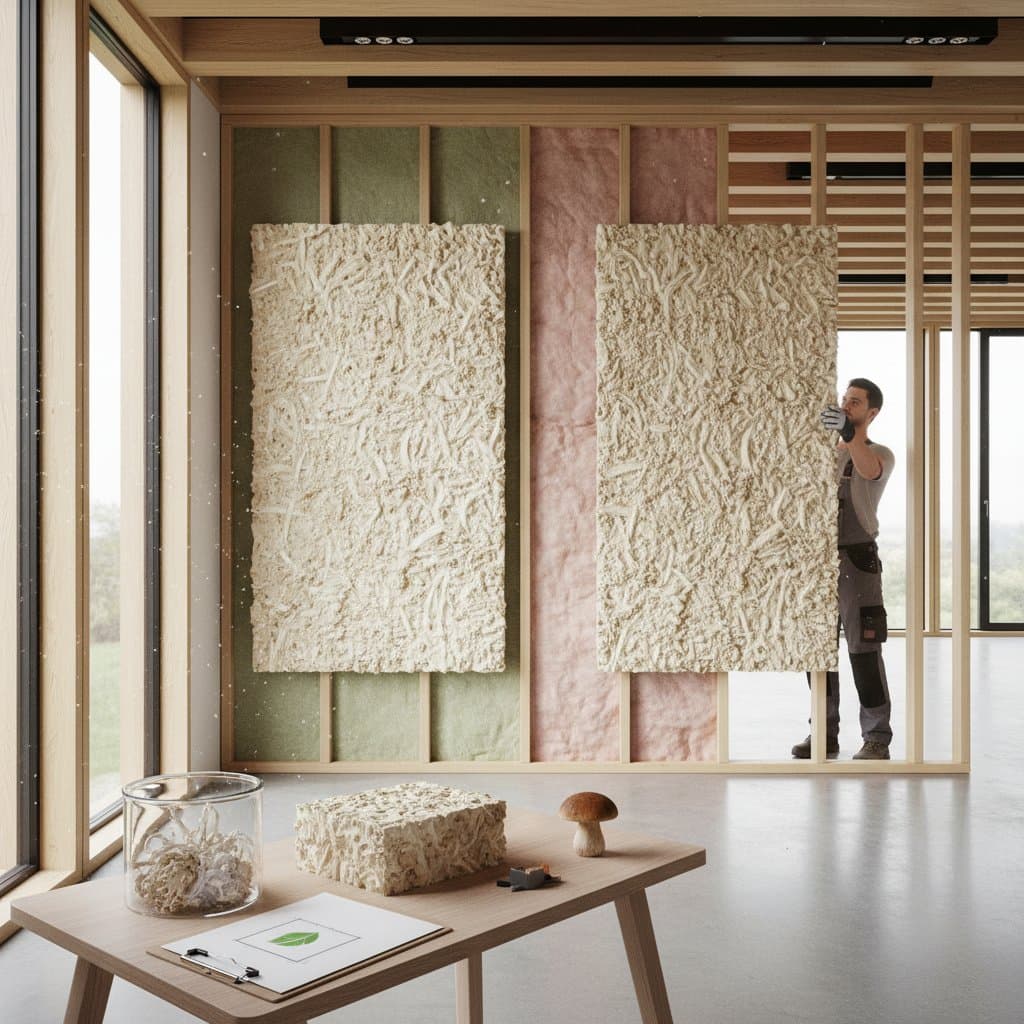Key Points
- Homeowners are increasingly turning to biophilic design to create healthier, more relaxing spaces.
- Natural materials, abundant greenery, and daylighting strategies are leading trends.
- Biophilic homes not only boost wellness but also improve property value and reduce long-term operating costs.
- Balancing aesthetics with functionality is key to avoiding costly mistakes or short-lived fads.
- Scalable approaches mean you can embrace these ideas whether you live in a compact apartment or a large family home.
Key Considerations for Planning
Before jumping into lush living walls and reclaimed wood accents, it is important to think practically about how to integrate biophilic trends into your home.
-
Budget and Scope
Biophilic upgrades can range from modest projects like adding indoor plants and skylights to full-scale remodels involving natural ventilation systems and structural daylighting strategies. Setting a clear budget early helps prevent scope creep. -
Climate and Local Conditions
The plants, materials, and systems that thrive in one region might not work in another. Think about humidity levels, natural light availability, and local sourcing options. -
Maintenance Requirements
A green wall may look incredible, but if you do not have the time or resources to maintain it, the installation may quickly lose appeal. Low-maintenance greenery and durable natural finishes can be smarter investments. -
Regulatory Factors
Building codes vary widely and can influence what types of windows, ventilation systems, or structural changes are permissible. Always confirm your plans with a professional before investing in major modifications.
Top Biophilic Trends for 2025
1. Living Walls and Vertical Gardens
Living walls are no longer just for boutique hotels. Homeowners are adopting modular systems that allow greenery to climb interior and exterior walls. These installations improve air quality, provide natural insulation, and create a dramatic focal point.
Pro tip: Choose hardy, low-maintenance plants like ferns and philodendrons, or opt for preserved moss panels that offer the visual benefits without the upkeep.
2. Natural Light as a Design Priority
Daylighting is one of the most cost-effective biophilic strategies. Larger windows, skylights, and glass doors not only reduce reliance on artificial lighting but also improve mood and productivity.
Consideration: Excessive direct sunlight can cause overheating. Smart shading solutions and energy-efficient glazing balance comfort and efficiency.
3. Raw and Reclaimed Materials
Reclaimed wood, natural stone, clay plasters, and bamboo flooring are increasingly popular. These materials add character, reduce environmental footprint, and age gracefully.
Market insight: Homes with authentic natural finishes often stand out in resale markets, especially where buyers value sustainability.
4. Indoor Water Features
The sound of running water has a proven calming effect. From compact tabletop fountains to integrated wall features, water elements are finding their way into more homes.
Tip: Look for closed-loop systems that recycle water efficiently to reduce waste.
5. Biophilic Kitchens and Bathrooms
These rooms are evolving into wellness hubs. Kitchens are embracing natural stone, plant-filled herb walls, and daylight-driven layouts. Bathrooms are turning into spa-like retreats with wood accents, natural ventilation, and calming water features.
6. Multi-Sensory Experiences
Biophilic design is moving beyond visual elements. Homeowners are incorporating natural scents, varied textures, and organic acoustics. A mix of tactile surfaces like linen, wool, and stone makes spaces feel layered and authentic.
Sustainable Features and Efficiency Gains
Biophilic design is not just about aesthetics. Many features deliver measurable efficiency gains.
- Natural Ventilation
Cross-ventilation strategies reduce the need for mechanical cooling, cutting energy costs by up to 30 percent in some climates. - Green Roofs and Walls
Provide insulation, reduce stormwater runoff, and extend roof lifespan. - Daylighting Systems
Reduce electric lighting costs by 20 to 40 percent while improving circadian rhythm regulation. - Low-VOC Materials
Improve indoor air quality, reducing health risks tied to synthetic finishes.
Frequently Asked Questions
Do biophilic upgrades always increase home value?
Not always, but many buyers are increasingly drawn to natural, sustainable design. Features that improve efficiency, durability, and wellness typically see stronger returns.
Are living walls difficult to maintain?
They can be, depending on the system. Automated irrigation helps, but low-maintenance plant choices or preserved moss walls are easier options.
Can I integrate biophilic design in a small apartment?
Yes. Use potted plants, natural materials, reflective surfaces for light, and compact water features. Even small changes can deliver big wellness benefits.
How do I avoid biophilic design looking like a fad?
Focus on timeless materials like wood, stone, and natural fabrics rather than trendy decor. The goal is to create lasting harmony with nature, not temporary style statements.
Is professional help necessary for biophilic projects?
For extensive remodels, yes. Structural modifications, skylight installation, and integrated ventilation systems require professional expertise. For smaller upgrades, many homeowners can confidently DIY.
Enjoying Your New Space
Adopting biophilic design is less about chasing trends and more about creating a lifestyle that integrates nature into daily living. Whether you start with a few plants or commit to a full-scale remodel, every step brings you closer to a healthier, more balanced home.
The beauty of biophilic design is its adaptability. It accommodates different budgets, climates, and lifestyles while delivering benefits that last far beyond the initial investment. A thoughtfully designed biophilic home is not just a stylish space, it is a sanctuary that supports wellness, efficiency, and long-term resilience.
When you walk into a room filled with warm wood, natural light, and the quiet trickle of water, you are not just decorating. You are investing in health, comfort, and a future where home and nature exist in harmony. That is a trend worth embracing.








